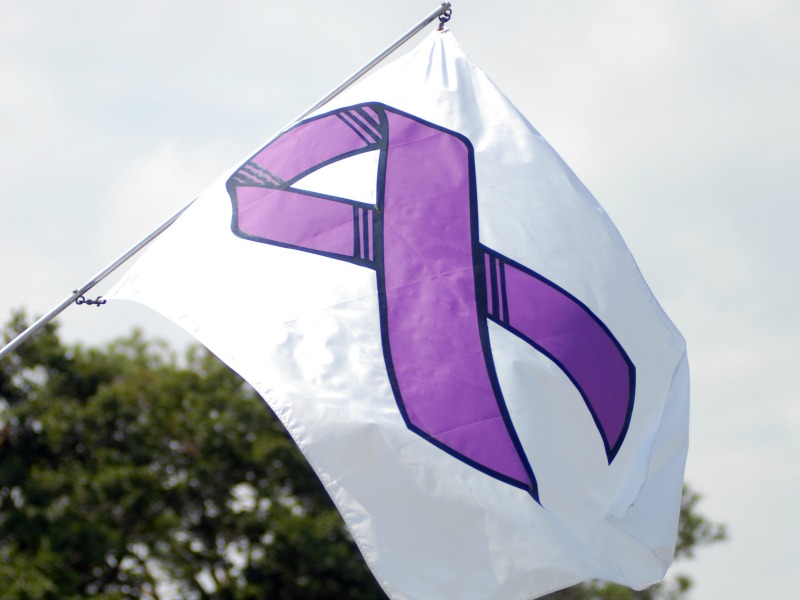Hill+Knowlton Strategies 01 Jul 2015 // 3:59PM GMT

A few months ago I took part in Flight School, our proprietary training tool that simulates a communications crisis fuelled by social media. The situation we faced was caused by two disgruntled employees of a coffee shop who had posted a video online of them spitting into a couple of lattes. The local press had got wind of it, followed by national press, and a tirade of abuse erupted from members of the public. It was our job to respond back to client emails, tweets and media enquiries, with all three being loaded live by our colleagues in the next room. Each response generated a different reply, depending on how we chose to approach the situation.
Dealing with issues like this comes with the territory when working in public relations. You plan for it as much as possible, and ensure you have the processes in place to react in the right way, keeping the negative impact to a minimum. So when attending the PR awards at Cannes Lions this week, we were fascinated to hear about how Avon found itself in a crisis of its own making.
Avon in the Balkans decided to announce a new range of foundation with the best coverage yet; a new formula that would mask the bruises caused by domestic violence. Unsurprisingly, the media and public reacted with shock and anger. How could a brand try to use such a horrific reality to its advantage? For a whole week the PR team said nothing. It ignored requests from media, angry comments and pleas for an explanation coming in from the public.
Then, after what must have been an agonising seven days, Avon released a statement that the new product was in fact a hoax, with the call to action that domestic abuse needed to be addressed head on, not covered up and ignored. The results speak for themselves - most notably a dramatic increase in calls to abuse helplines.
The morning after the PR awards we headed to a de-brief session hosted by the Holmes Report and Ogilvy. The Avon campaign was referenced and sparked a discussion about having greater agility to run "risky" campaigns in smaller markets. But why is this the case? What's stopping us from taking risks like this in more mature markets like the UK and US?
This is where it is important to consider the cultural insight driving Avon's campaign. Domestic violence is so prevalent there that it was seen as a true force for good, not a publicity stunt. The risk was still there that the backlash would be too hard to come back from, and perhaps in the UK we would have not had the same reaction from the media and public. The lesson we can learn from Avon is know your audience, know the culture you are working in and if you still have doubts, then ask. Testing a campaign or piece of creative with the audience first is the best way to alleviate some of that uncertainty. As an industry we need to take more risks, but there's no harm in checking we're on the right track.
Helen Wood is Digital Strategist at Hill+Knowlton Strategies


































.jpg)


.png)
.jpg)











